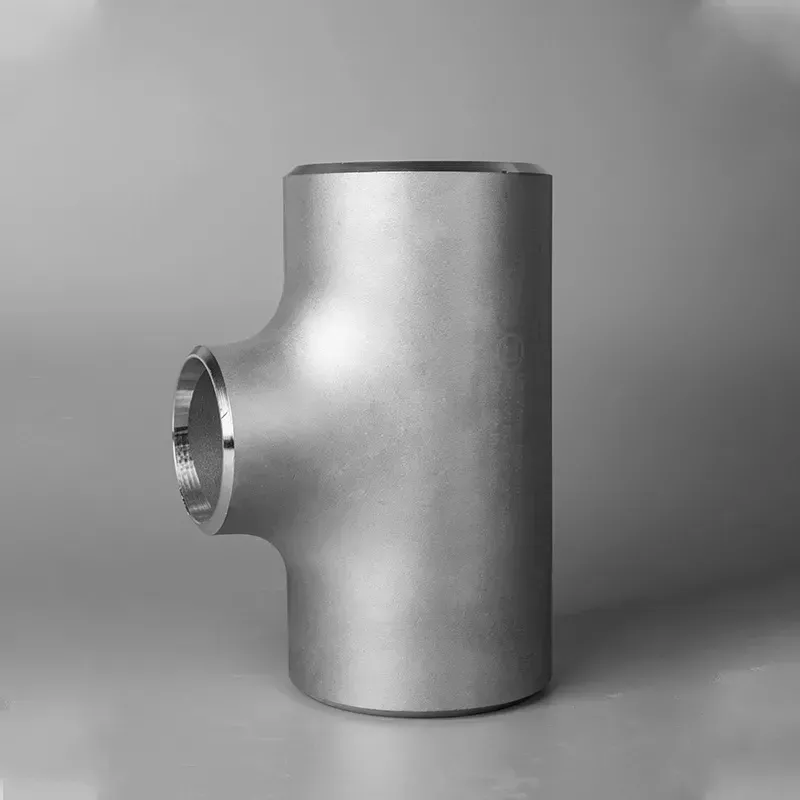-
Cangzhou Yulong Steel Co., Ltd.
-
Phone:
+86 13303177267 -
Email:
admin@ylsteelfittings.com
- English
- Arabic
- Italian
- Spanish
- Portuguese
- German
- kazakh
- Persian
- Greek
- French
- Russian
- Polish
- Thai
- Indonesian
- Vietnamese
- Zulu
- Korean
- Uzbek
- Hindi
- Serbian
- Malay
- Ukrainian
- Gujarati
- Haitian Creole
- hausa
- hawaiian
- Hebrew
- Miao
- Hungarian
- Icelandic
- igbo
- irish
- Japanese
- Javanese
- Kannada
- Khmer
- Rwandese
- Afrikaans
- Albanian
- Amharic
- Armenian
- Azerbaijani
- Basque
- Belarusian
- Bengali
- Bosnian
- Bulgarian
- Catalan
- Cebuano
- China
- China (Taiwan)
- Corsican
- Croatian
- Czech
- Danish
- Esperanto
- Estonian
- Finnish
- Frisian
- Galician
- Georgian
- Kurdish
- Kyrgyz
- Lao
- Latin
- Latvian
- Lithuanian
- Luxembourgish
- Macedonian
- Malgashi
- Malayalam
- Maltese
- Maori
- Marathi
- Mongolian
- Myanmar
- Nepali
- Norwegian
- Norwegian
- Occitan
- Pashto
- Dutch
- Punjabi
- Romanian
- Samoan
- Scottish Gaelic
- Sesotho
- Shona
- Sindhi
- Sinhala
- Slovak
- Slovenian
- Somali
- Sundanese
- Swahili
- Swedish
- Tagalog
- Tajik
- Tamil
- Tatar
- Telugu
- Turkish
- Turkmen
- Urdu
- Uighur
- Welsh
- Bantu
- Yiddish
- Yoruba

Nov . 14, 2024 09:00 Back to list
concentric reducer flange
Understanding Concentric Reducer Flanges A Comprehensive Overview
In the realms of piping systems and industrial applications, the importance of flanges cannot be overstated. Concentric reducer flanges are integral components that facilitate the transition between pipes of different diameters, enabling efficient flow and maintaining system integrity. This article delves into the functionality, applications, benefits, and selection criteria for concentric reducer flanges.
What is a Concentric Reducer Flange?
A concentric reducer flange is a type of fitting used in piping to connect two sections of pipe with varying diameters. Unlike eccentric reducers, which are designed to maintain a level flow line by keeping one side of the reducer horizontal, concentric reducers have a symmetrical design that allows for a standard transition between sizes. This design is essential in applications where the flow needs to remain centered, which is often the case in pressurized systems.
Functionality of Concentric Reducers
The main purpose of a concentric reducer flange is to provide a smooth transition between different pipe sizes, which minimizes turbulence and enhances the efficiency of fluid flow. When flow changes diameter abruptly, it can lead to pressure drops and increased wear on the system. Concentric reducers help to mitigate these issues by gradually changing the pipe diameter, which allows for a more stable and continuous flow.
Applications of Concentric Reducer Flanges
Concentric reducer flanges are utilized across various industries, including
1. Oil and Gas In extraction and refining processes, concentric reducers are used to connect pipelines of different sizes, ensuring safe and effective transport of oil, gas, and other hydrocarbons.
2. Water Supply and Treatment In water distribution systems, these fittings are essential for managing transitions between different pipe sizes, helping to maintain appropriate flow rates and pressure.
3. Chemical Processing Chemical plants often use concentric reducers to connect different sections of piping that carry corrosive substances, ensuring that the flow remains streamlined to prevent any adverse reactions.
Benefits of Using Concentric Reducer Flanges
concentric reducer flange

The adoption of concentric reducer flanges in piping systems comes with several advantages
- Reduced Pressure Drop The smooth transition from one pipe size to another minimizes pressure loss, which is crucial for maintaining efficient system performance.
- Enhanced Flow Characteristics Concentric reducers improve the overall flow characteristics within a piping system, reducing turbulence and potential energy losses.
- Versatility These flanges can be used in various applications across different industries, making them a versatile choice for engineers and system designers.
- Simplified Installation Concentric reducer flanges are straightforward to install, allowing for quick assembly and reduced downtime during maintenance or construction.
Selection Criteria for Concentric Reducer Flanges
When selecting concentric reducer flanges, several factors should be considered
1. Material The choice of material is crucial for ensuring compatibility with the fluid being transported and the environmental conditions. Common materials include stainless steel, carbon steel, and PVC.
2. Size and Pressure Rating It's essential to select the right size and pressure rating for the specific application. This ensures safety and helps to avoid failures that could lead to costly downtimes.
3. Standards Compliance Ensure that the chosen reducers meet relevant industry standards and regulations, enhancing safety and reliability in operations.
4. Compatibility with Existing Systems Check that the selected reducer flange fits well with existing pipelines and components to prevent leaks and inefficient flow.
Conclusion
In conclusion, concentric reducer flanges play a vital role in modern piping systems, facilitating the smooth transition between different pipe sizes while maintaining flow efficiency and system reliability. Their applications span across numerous industries, underscoring their importance in engineering and construction projects. By understanding their functionality, benefits, and selection criteria, engineers and operators can make informed decisions that enhance performance and safety in their processes. Whether in oil and gas, water treatment, chemical processing, or HVAC systems, concentric reducer flanges continue to be indispensable components in the world of industrial piping solutions.
Latest news
-
ANSI 150P SS304 SO FLANGE
NewsFeb.14,2025
-
ASTM A333GR6 STEEL PIPE
NewsJan.20,2025
-
ANSI B16.5 WELDING NECK FLANGE
NewsJan.15,2026
-
ANSI B16.5 SLIP-ON FLANGE
NewsApr.19,2024
-
SABS 1123 FLANGE
NewsJan.15,2025
-
DIN86044 PLATE FLANGE
NewsApr.19,2024
-
DIN2527 BLIND FLANGE
NewsApr.12,2024
-
JIS B2311 Butt-Welding Fittings LR/SR 45°/90° /180°Seamless/Weld
NewsApr.23,2024











